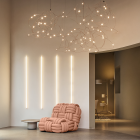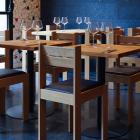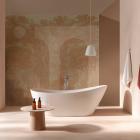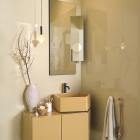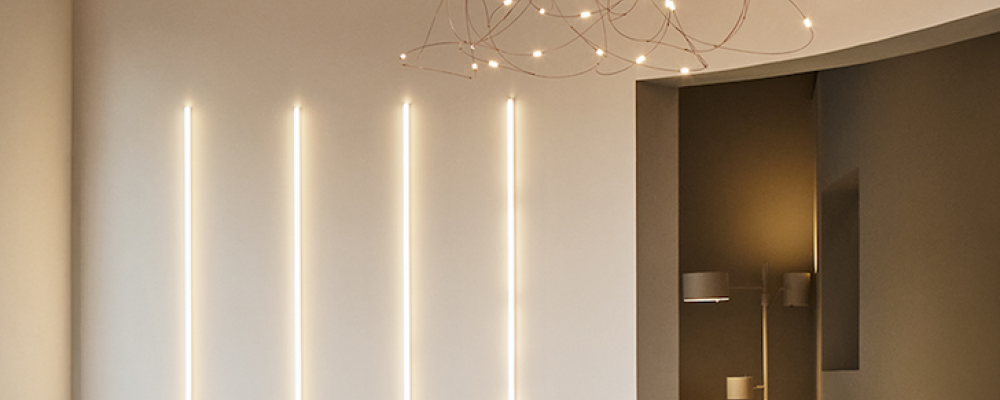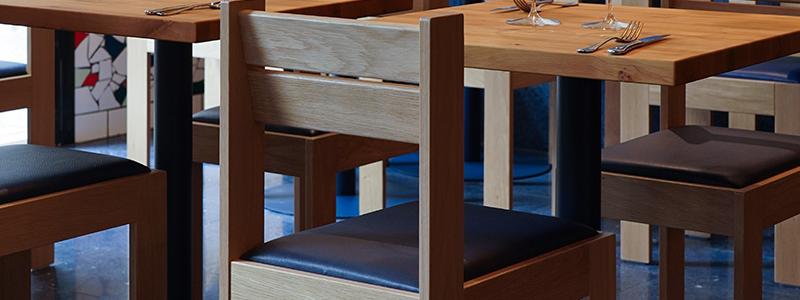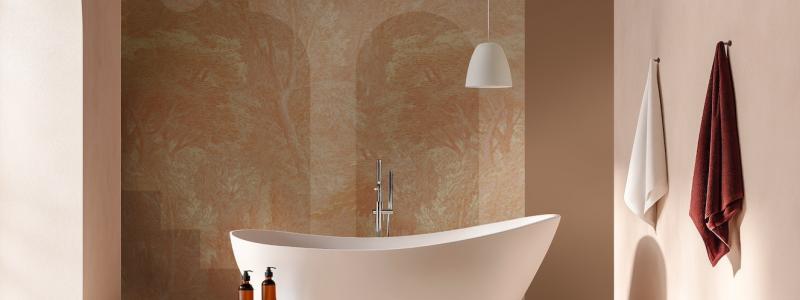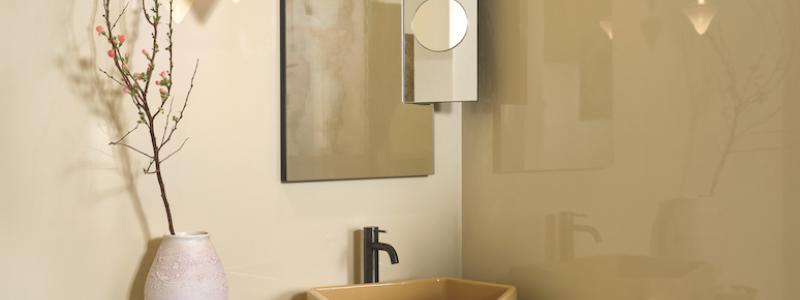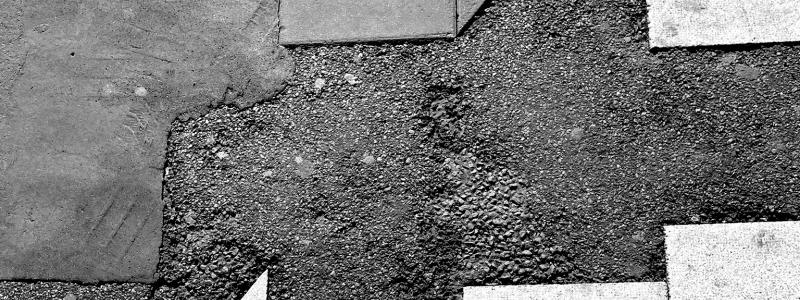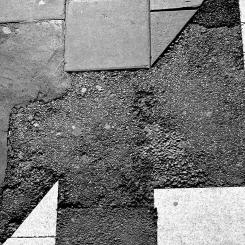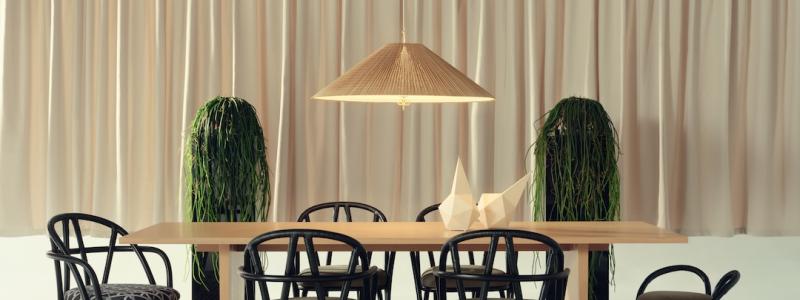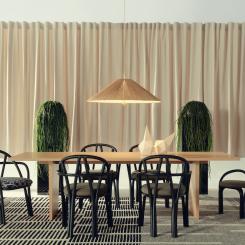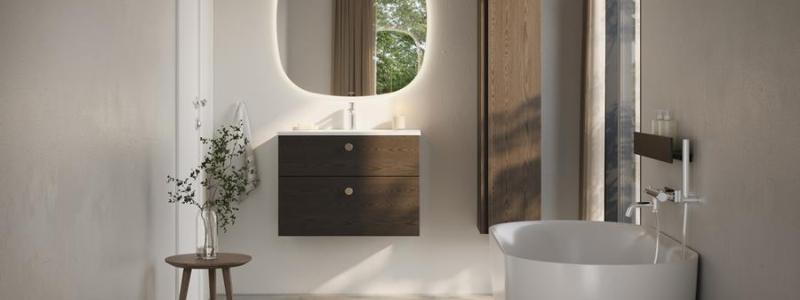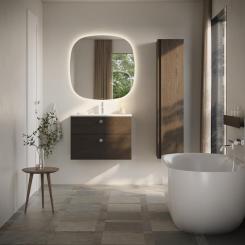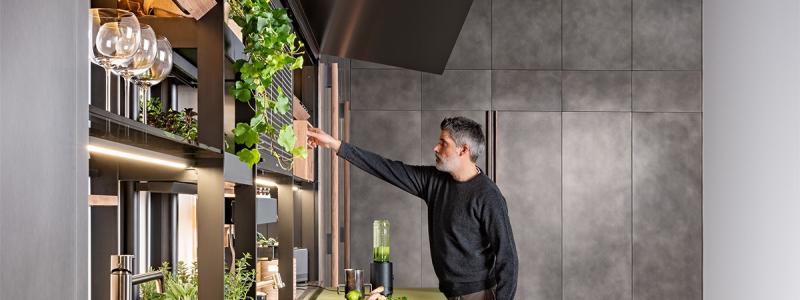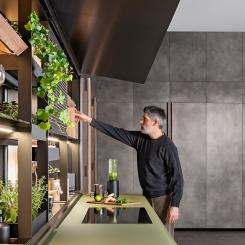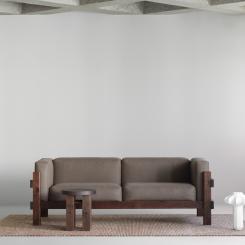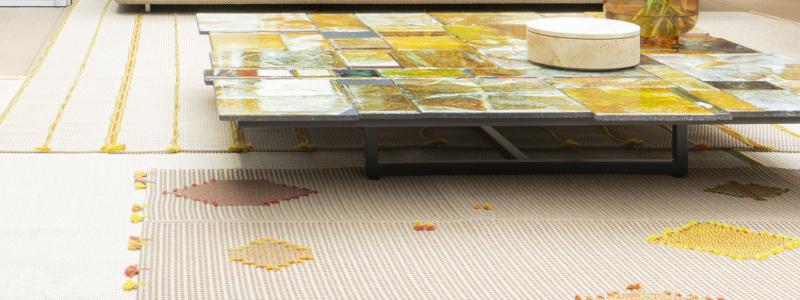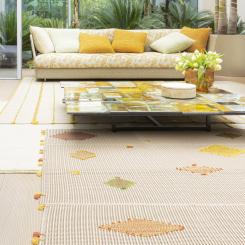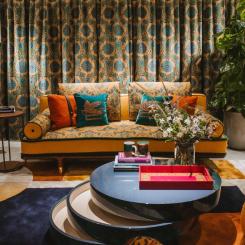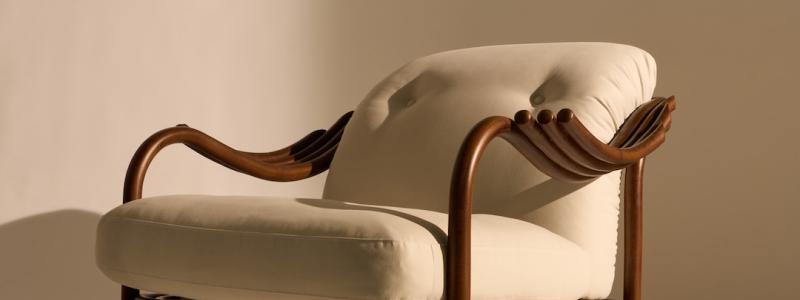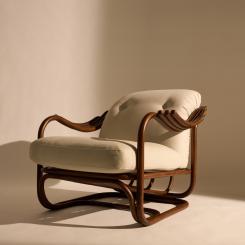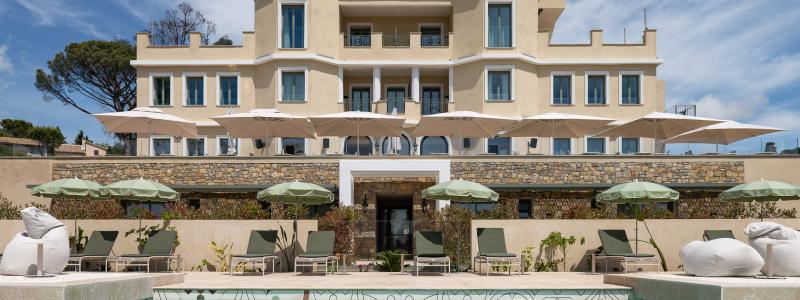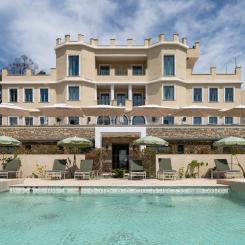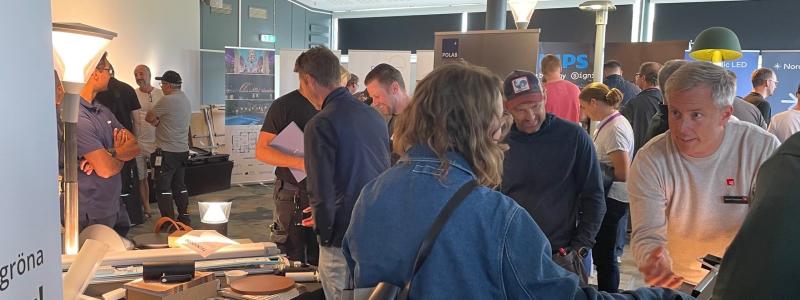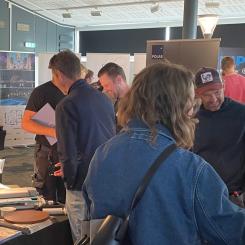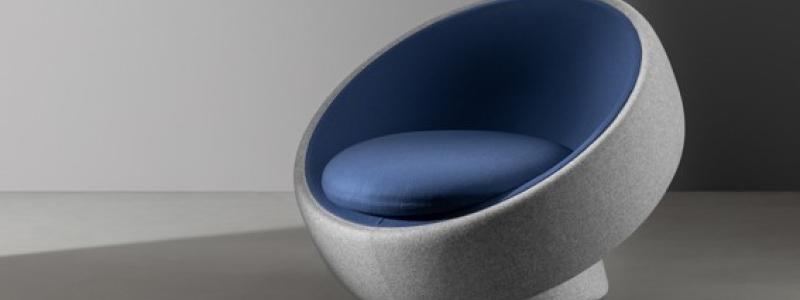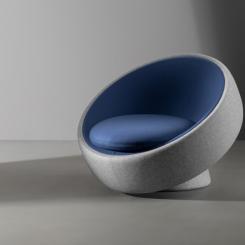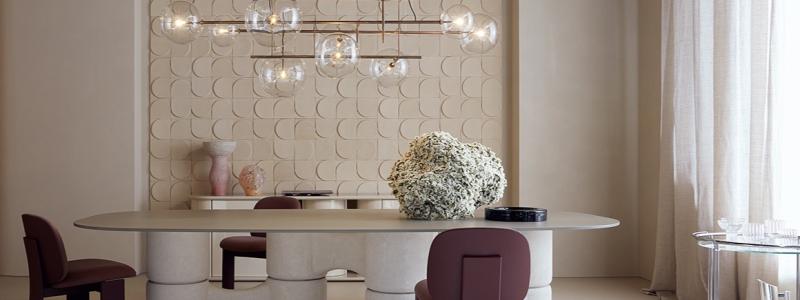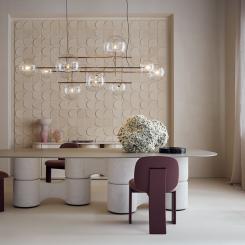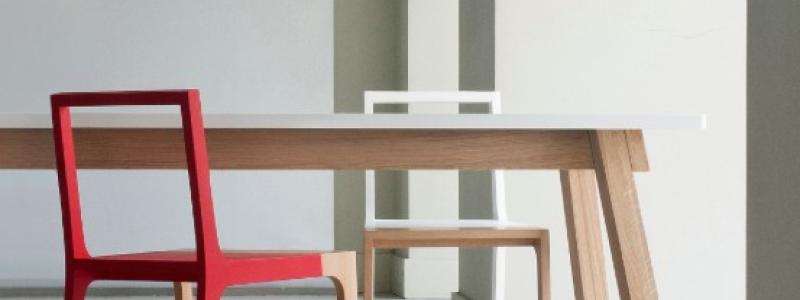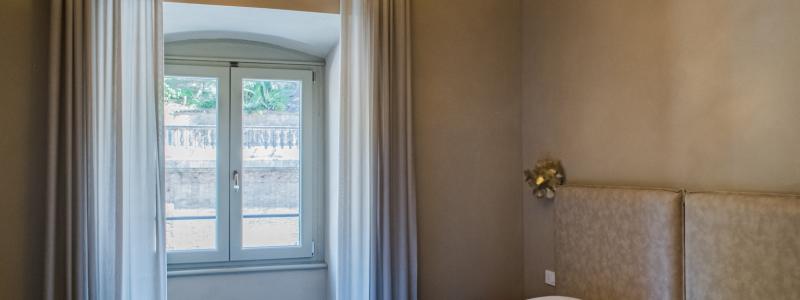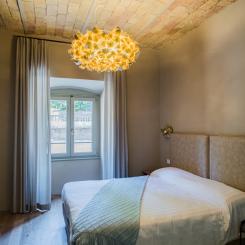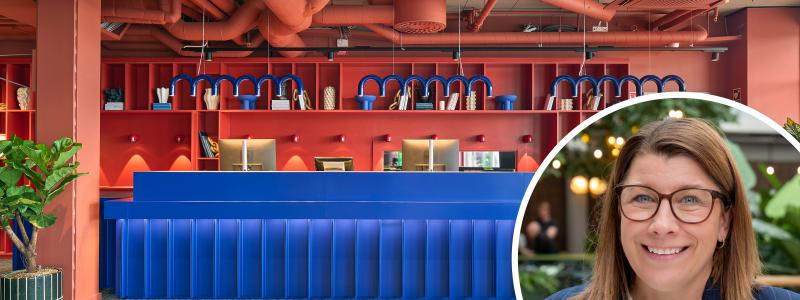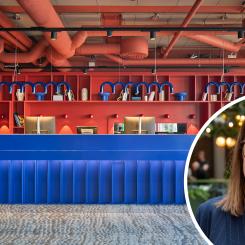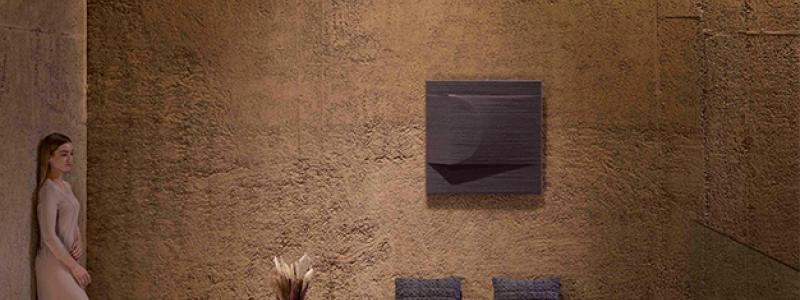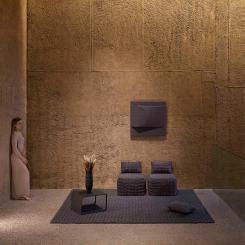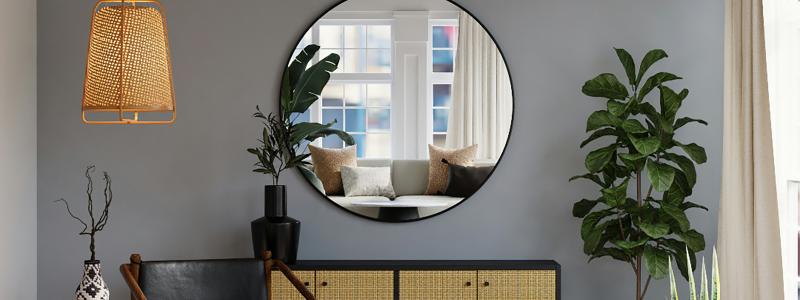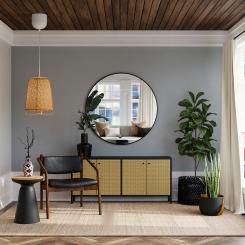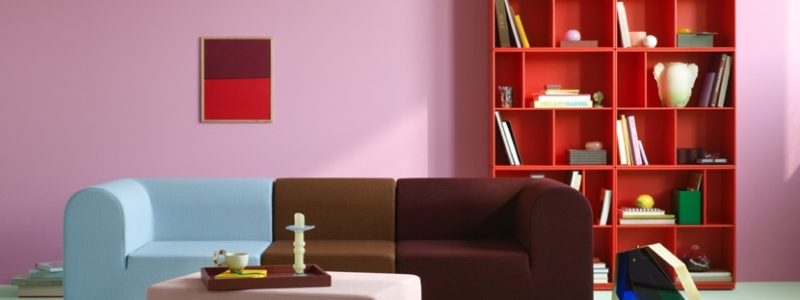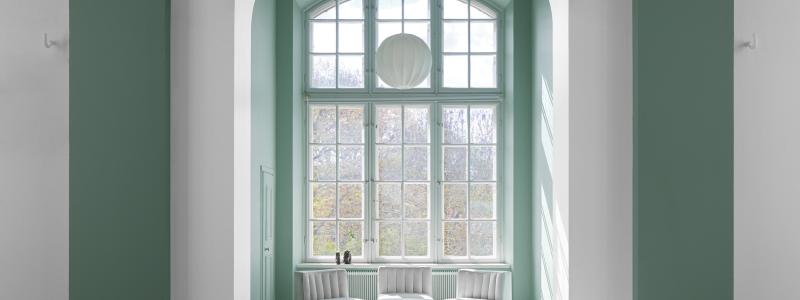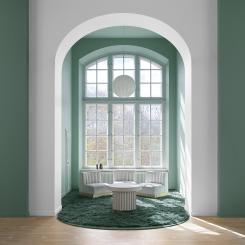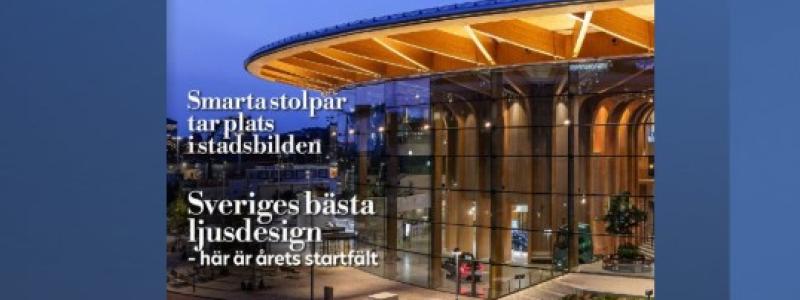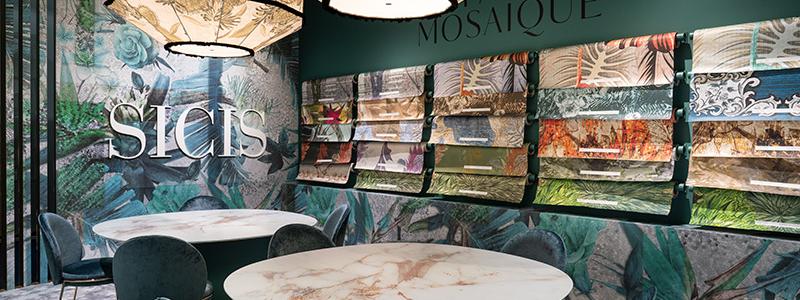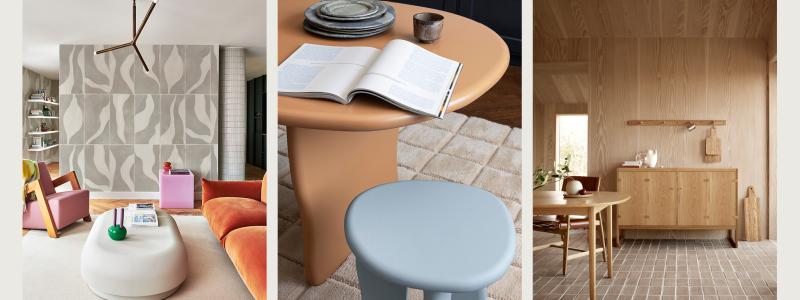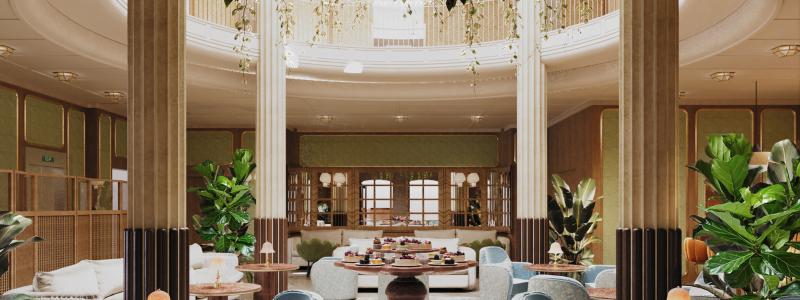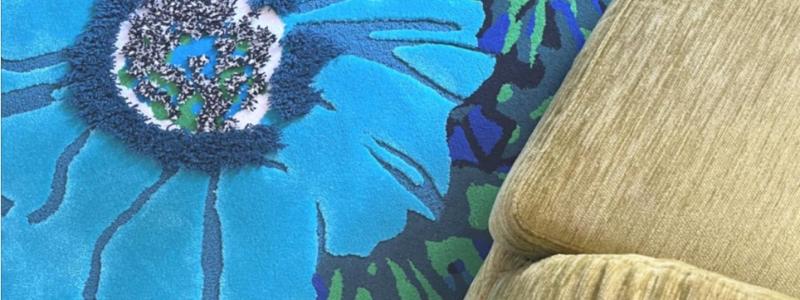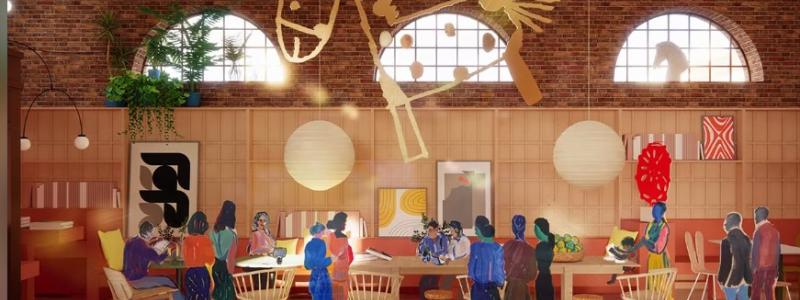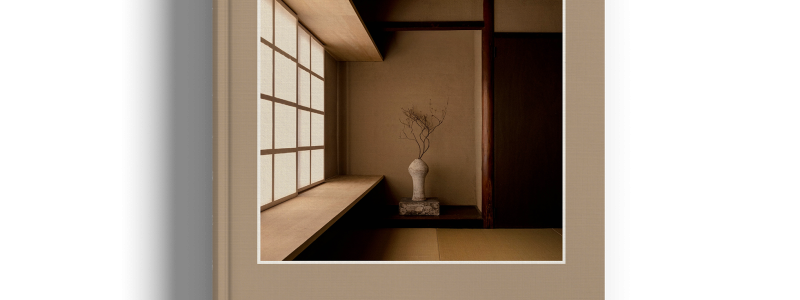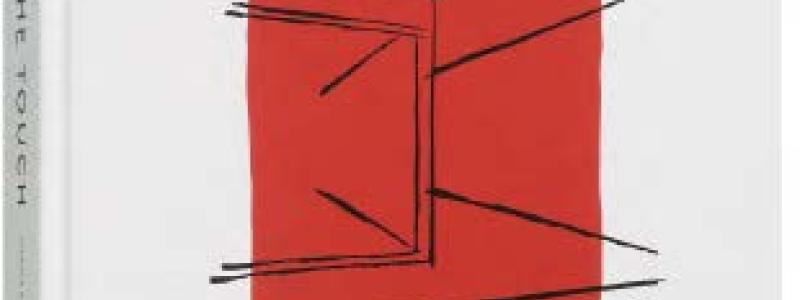In October 2011 the Spiegel Group, including Germany’s most important news magazine Der Spiegel, moved into its new publishing house in Hamburg’s HafenCity development. This impressive structure was designed by Danish architect Henning Larsen. Ippolito Fleitz Group was commissioned to create a new employees’ canteen for the building. The legacy building’s famous canteen was designed in 1969 by Verner Panton and has since been placed under heritage protection. This inheritance represented a particular challenge.
The building distinguishes itself through its exposed position on the water and its modern architecture, expressed in the vertical interior space of the 14-storey atrium. The floor plan of the canteen defines a large, polygonal space whose strong horizontal emphasis is further highlighted by the uninterrupted row of windows on two sides.
Because the space had to be flexible, the ceiling design would be the distinguishing moment of the canteen. Reflecting this, designers developed a matt shimmering ceiling which reflects light in much the same manner as water. It is formed of 4,230 circles made of micro-perforated satin-polished aluminium, laminated onto noise-absorbing supporting material and set at slight angles to each other. This means that the canteen’s natural light ambience reacts to its surroundings. During the day the ceiling is enlivened by water and light effects from the surrounding area. The matt shimmering “plates” absorb daylight and turn the roof into a lively, gently reflective complement to the water surface of the Ericusgraben canal.
Large-scale light dishes use intense colour to divide the space into zones. In the evening the dishes are transformed into indirectly-lit light objects. The overall mood in the canteen is determined by the warm, white “ambient light” shed by the suspended lamps. Indirect light in selected suspended lamps discreetly illuminates the ceiling discs. Focussed downlights, hidden in the ceiling, complement the nuanced sophistication of the overall mood with light accents. Wallwashers integrated into the ceiling cast an even light on wall surfaces.
The round tables are made from black coated steel frames which seem to grow from the floor. Granite plates serve as table tops. The tables are placed in three groups in loose arrangements and so provide an organic counterpoint to the polygonal floor plan. Movement zones are thus clearly delineated. Three lines are set into the smooth, white terrazzo floor: they ensure tables don’t encroach on walkways. Along these lines four areas are arranged with removable, lightweight spatial filters composed of white, hanging rods. Large yellow light dishes support the zoning of the space just as the hanging lamps locate tables within the space.
The glass façade between this area and the canteen is formed of doubly reflective glass. So at times when both areas are in use, the separation is almost immaterial. However when the canteen is closed and thus darker, the façade appears half-mirrored, half-transparent.

